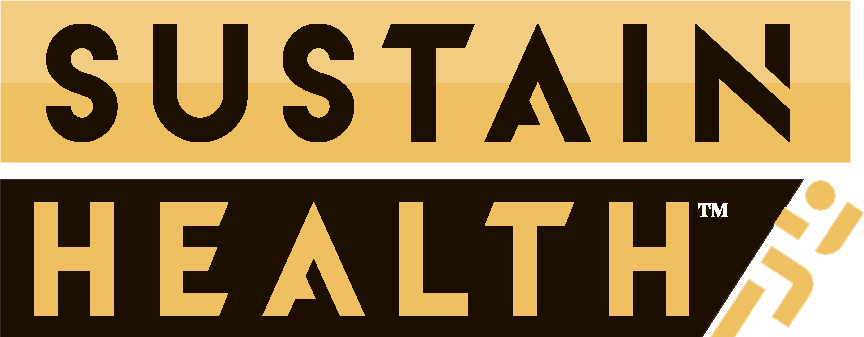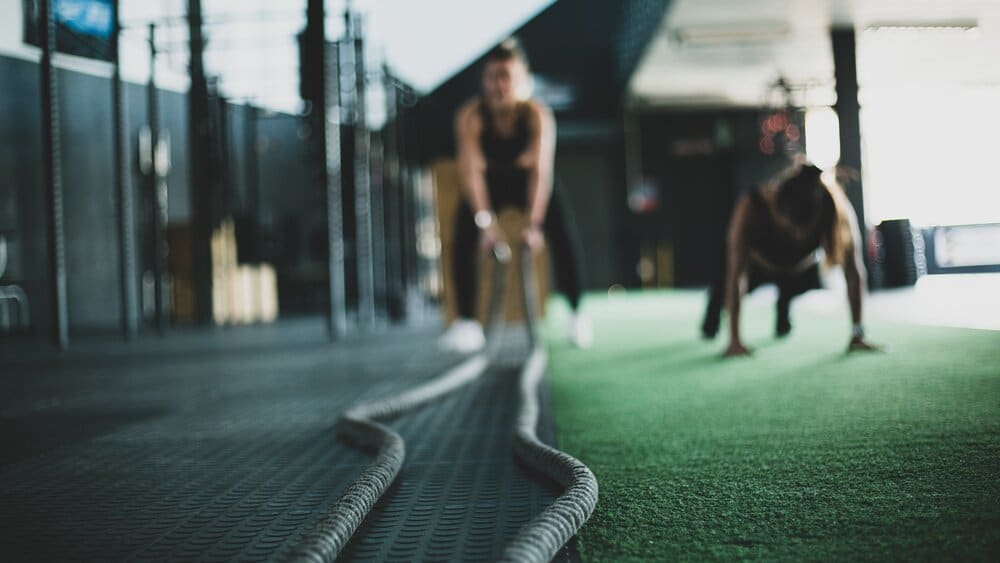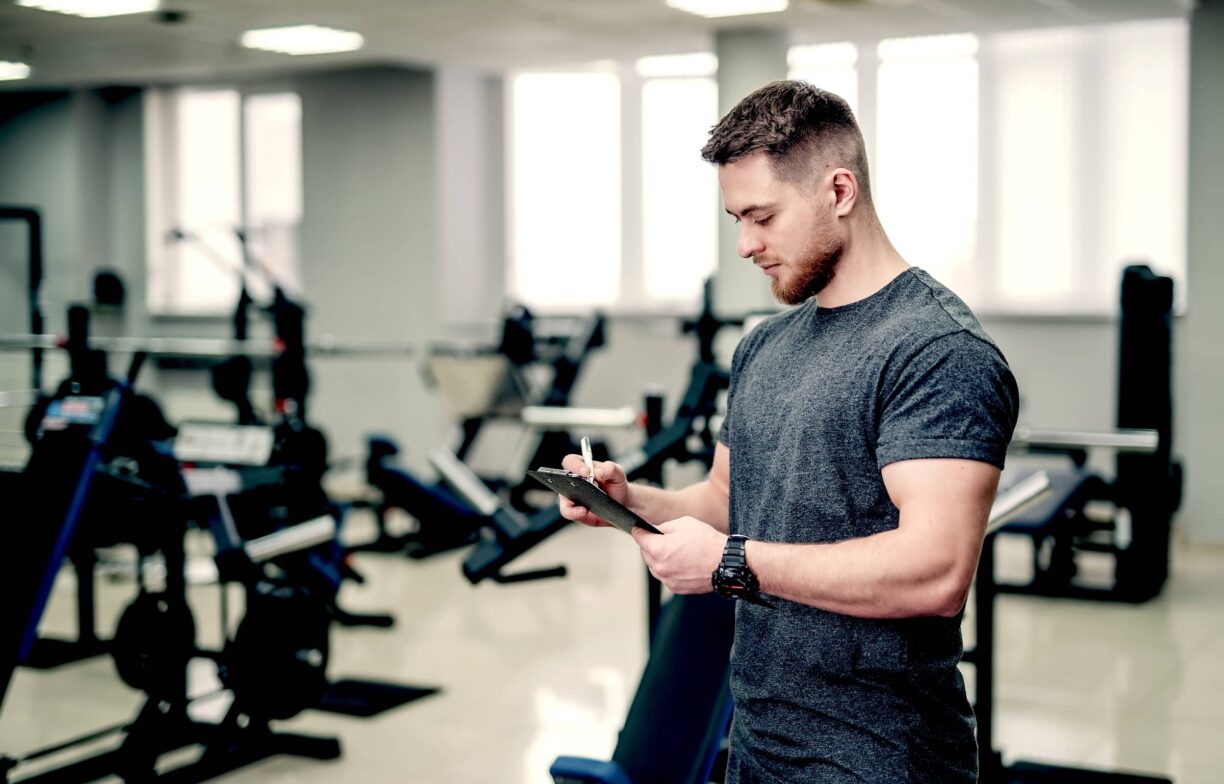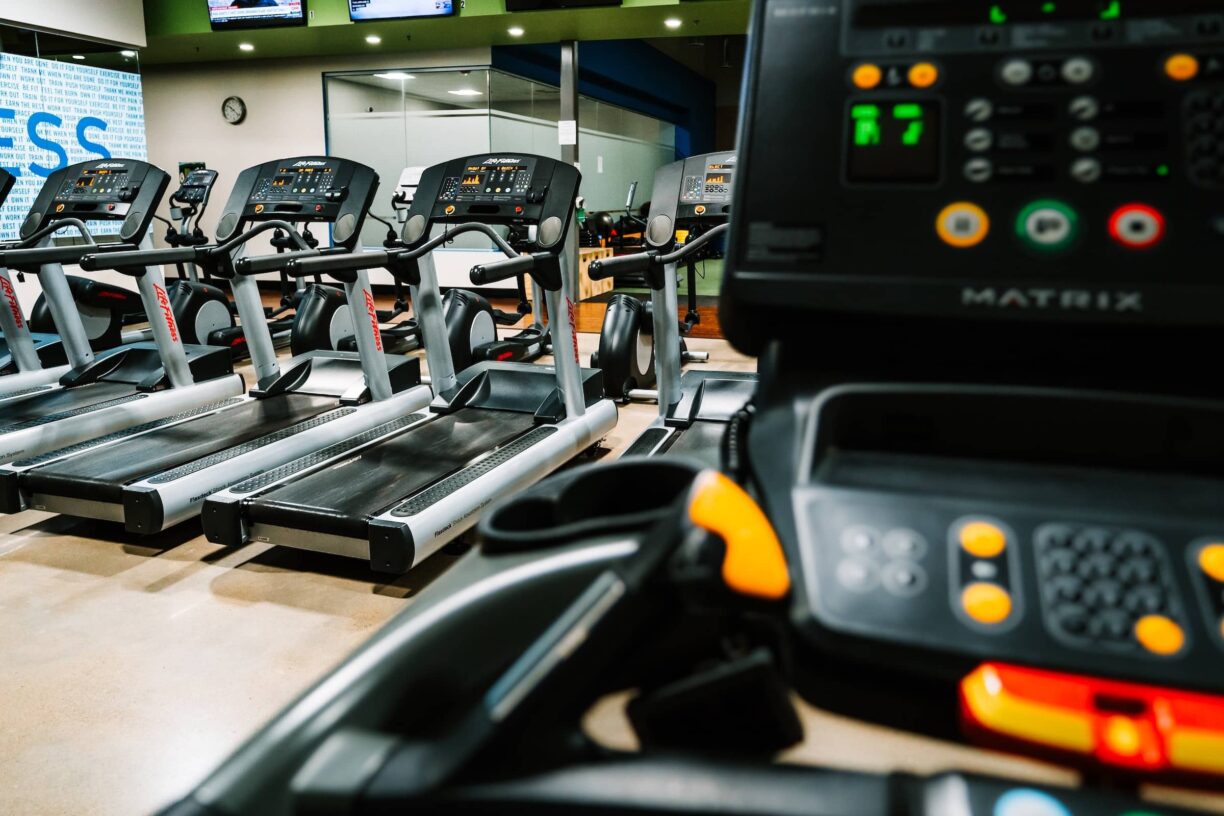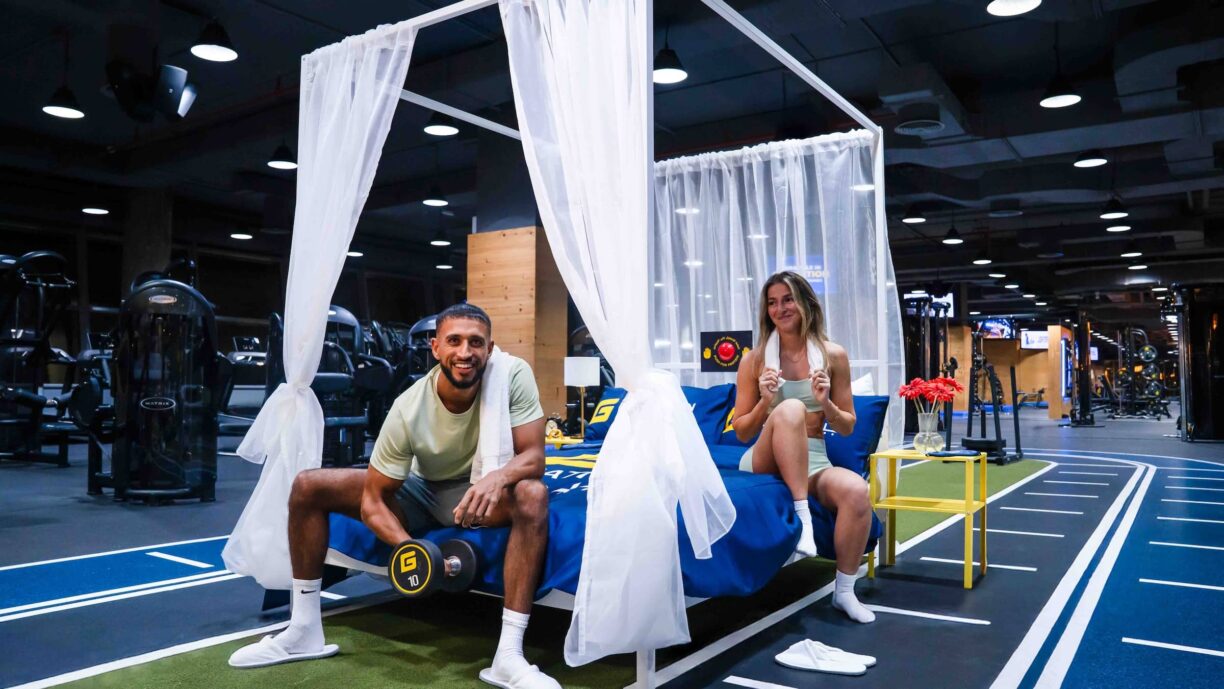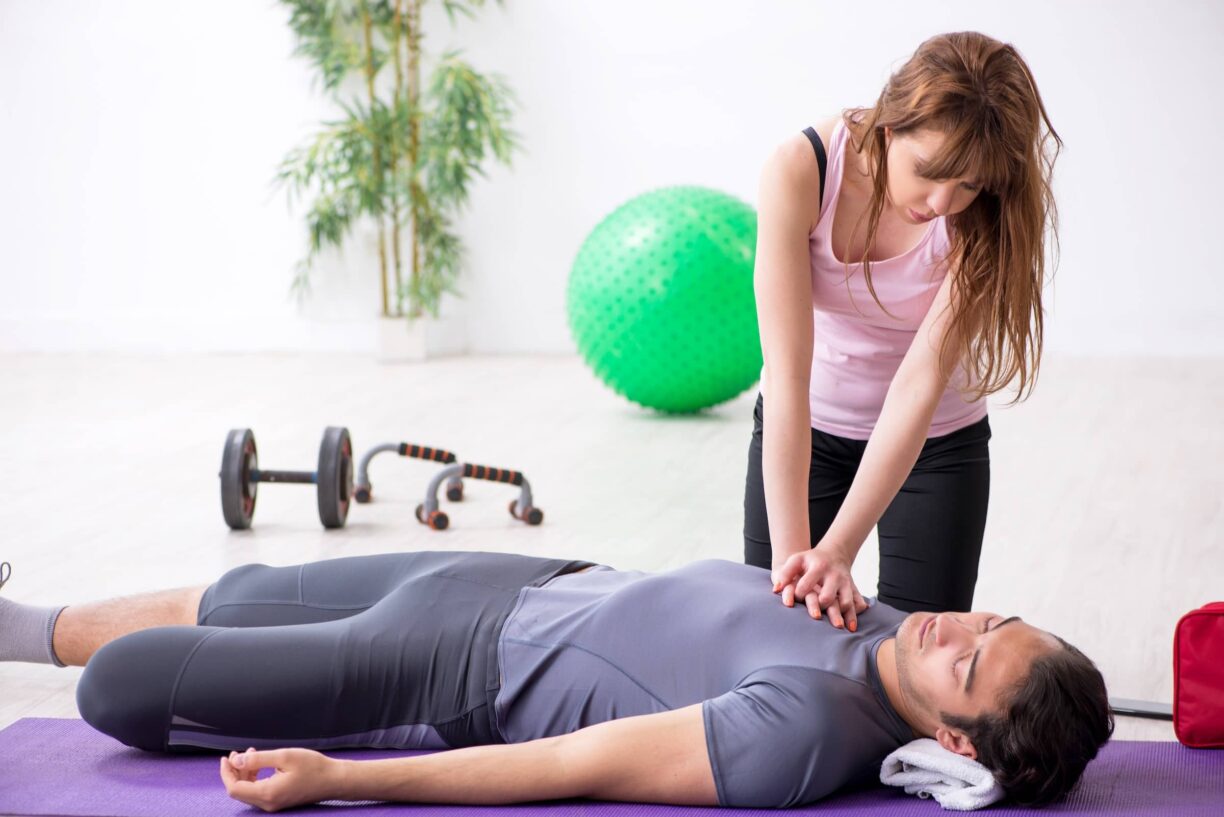Functional training is a popular fitness trend that has hit gyms up and down the country and is favoured by celebs including Joe Wicks and Vicky Pattinson, but what is it and why is it important?
Functional fitness is a style of workout that prepares your body for life, rather than a specific event or competition.
This type of exercise mimics or recreates everyday movement whilst engaging various muscle groups, enhancing the way we perform daily functions, such as squatting to pick something up or pushing open a door.
To coincide with National Fitness Day on Wednesday 25th September, Steven Virtue, Fitness Experience Manager at Total Fitness shares his insights on this popular fitness trend and how you can incorporate this into your everyday fitness regime.
What is functional fitness?
This style of training works multiple muscle groups at the same time, reflecting the movements we make in everyday life to better ourselves at these activities.
This enhances mobility and stability throughout the body, as well as improving muscle strength.
This is a training method that can be implemented in or outside of the gym, as it focuses on key functional fitness movements such as squatting, lunging, pushing, pulling, twisting, jumping, throwing, all of which contribute to a variety of sport and fitness exercises and can be performed with or without equipment.
Why is it important?
Functional fitness trains the full-body, ensuring that muscles work together simultaneously as opposed to targeted muscle training.
This is important for the body, as it helps to improve balance and posture, and reduces any unwanted stress which targeted training may cause.
Strengthening the body in this way and applying these training methods to everyday life makes daily activities easier to perform and gives people a different type of fitness goal.
Exercises to incorporate into your training regime
There are a number of different functional movements which you can incorporate into your exercise routine, and that can be easily adapted to meet your own fitness level and goals.
You can just use your body weight, or for those who want to make the exercise more challenging, add free weights such as dumbbells or medicine balls.
Squat.
Stand with your feet shoulder-width apart and your back straight.
Squat down by bending your knees, pushing back your hips as you lower and keeping your back straight. Use your heels to drive up to stand, squeezing your glutes as you get to the top.
Lunge.
Start with your feet together, then take a large step forward and shift your weight to the front leg.
Bend the front knee to lower down, pushing your hips backwards with the back knee hovering just above the floor. Pause for a second, then push through your heels to stand.
Push-up.
Start with your body in a high plank position, hands flat on the floor with your arms straight and shoulder-width apart.
Engage your core, bending your elbows to lower yourself to the ground. Use the palms of your hands to push back up and straighten the arms.
Deadlift.
Feet should be hip-width apart with a slight bend in the knees. Hold a dumbbell in each hand, choosing a weight which is suitable to your fitness level. Bend your knees, push your hips backwards and keep your back straight.
Engage your core and keeping your arms straight, lower the weights down your legs to your shins, maintain a slight bend in your knees. Pause, then drive through the heels of your feet to stand up straight.
Gyms are recognising functional fitness as a growing trend, with more studios opening across the UK, specialising in this type of training. People are becoming increasingly savvy about their training requirements and want to exercise in specialised facilities. More commercial operators are investing in their functional training spaces, and this is something Total Fitness has recognised for its own membership base.
Total Fitness offers its members a platform where they can benefit from all types of training. We have large, well-equipped functional spaces across our health clubs to cater to a variety of people, including Curved Treadmills, Synrgy360 rig and Wattbikes.
All our members are supported in understanding the best way to approach functional training to coincide with their own fitness goals.
With any type of functional training, it’s important to assess your movement and strength beforehand, as this is fundamental to any training regime.
By identifying your strengths and weaknesses at the start, you can then work through the mechanics, focusing on your movement pattern and working at an appropriate intensity.
This is the best way to see the benefits of functional training as you are working to a regime that suits your health and lifestyle.
